Steve Jobs Book Recommendations
A visionary co-founder of Apple Inc., Steve Jobs revolutionized multiple industries, including personal computing, animated movies (Pixar), music (iPod & iTunes), and mobile phones (iPhone). Known for his intense drive, design aesthetic, and charismatic presentations, Jobs had an unparalleled impact on technology and consumer culture. His relentless pursuit of innovation and user-friendly design transformed everyday life.
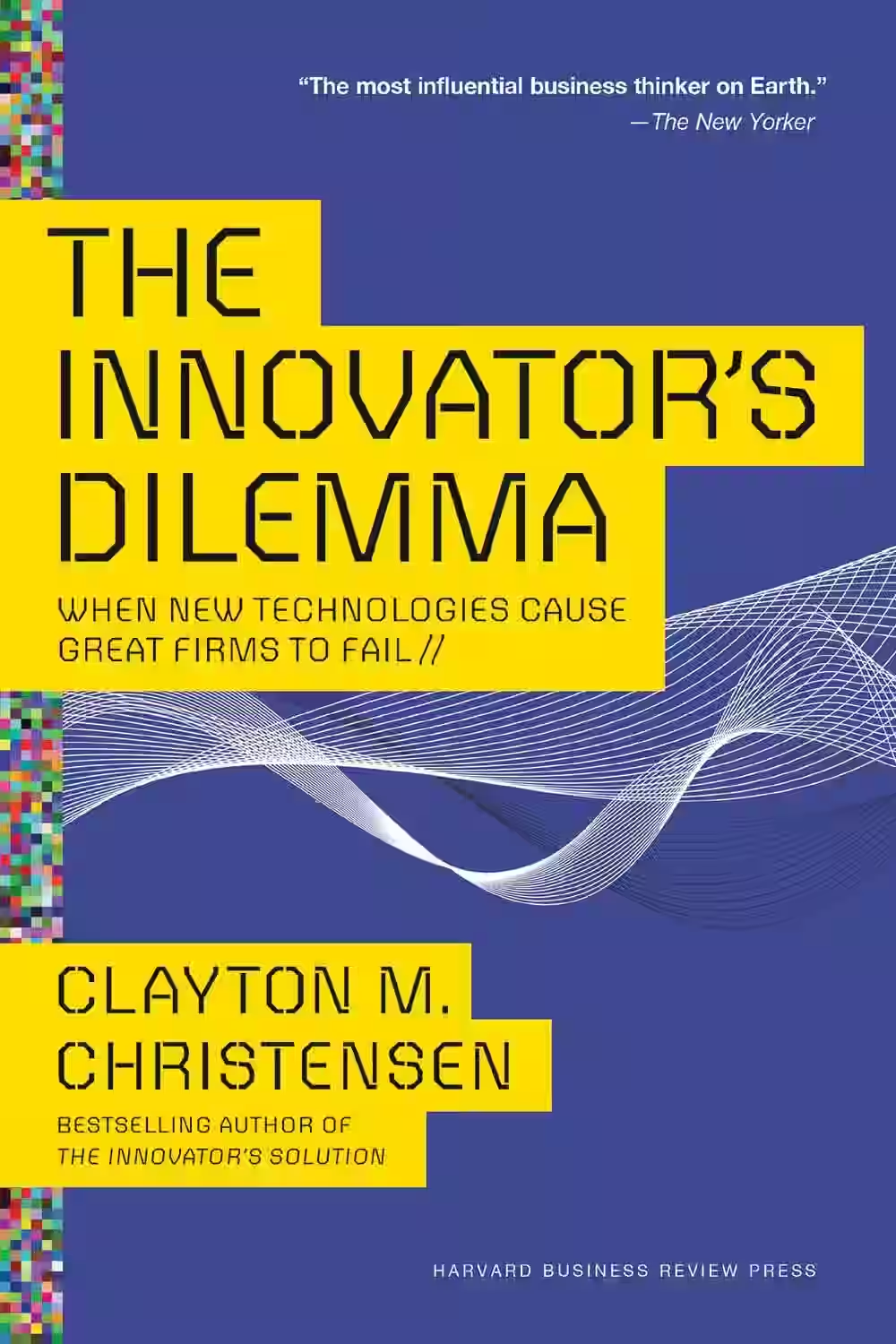
Clayton Christensen’s The Innovator’s Dilemma examines why successful companies often fail to adapt to disruptive technologies. Through real-world examples, including the fall of once-dominant firms, Christensen argues that businesses focusing solely on current customer needs can miss innovations that reshape industries. He introduces the concept of “disruptive innovation”—simpler, cheaper alternatives that gradually overtake established products. The book offers insights for entrepreneurs, managers, and leaders on how to foster innovation before it’s too late. Widely influential in tech and business, it challenges conventional wisdom and urges a proactive approach to navigating technological change.
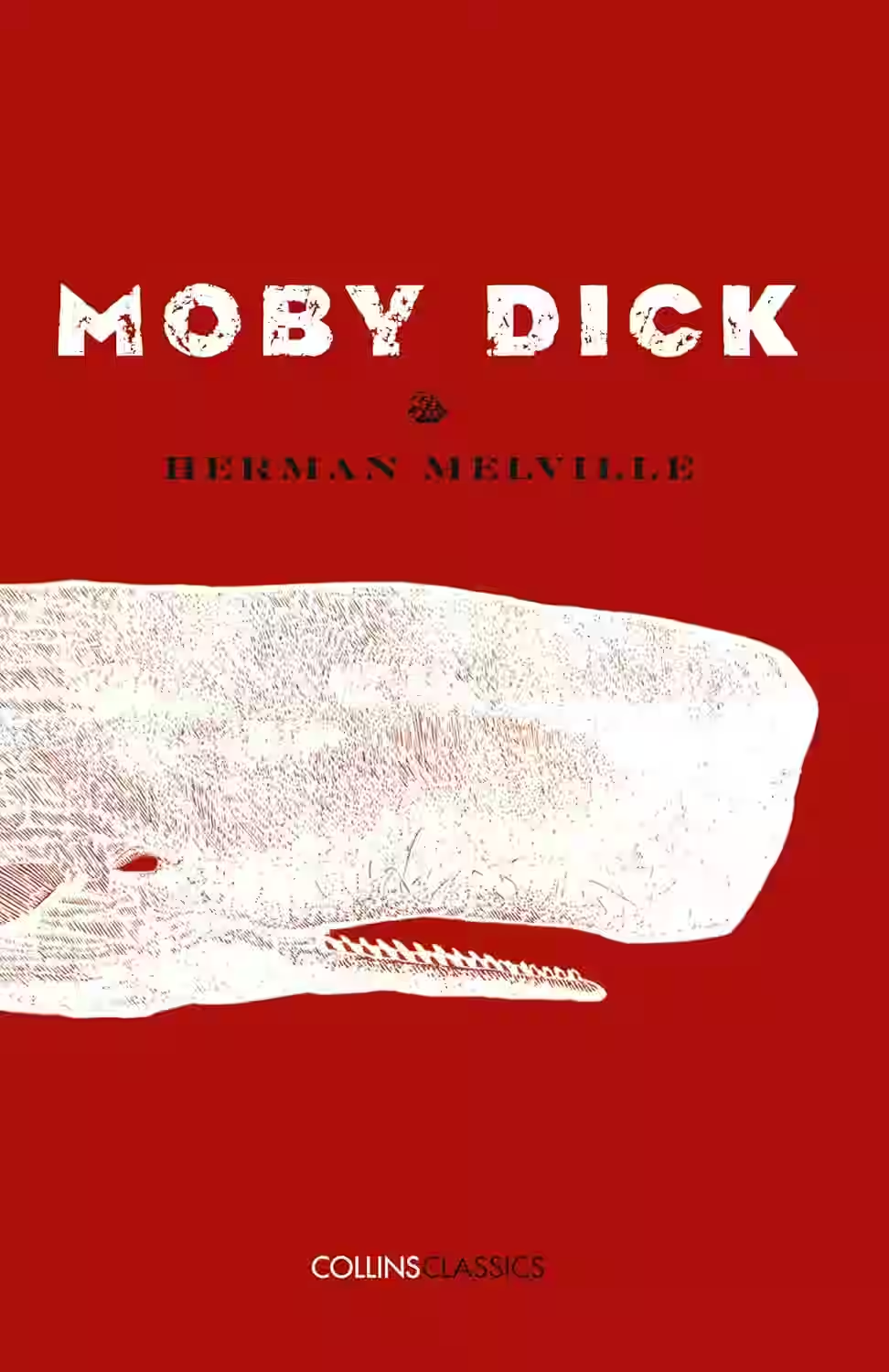
Moby Dick is Herman Melville's classic novel about Captain Ahab's relentless pursuit of the white whale, Moby Dick. Through captivating prose and stimulating characters, Melville explores themes of revenge, fate, and the power of the sea. A timeless tale of adventure and obsession, Moby Dick has inspired countless readers and remains one of the most beloved books in literature.
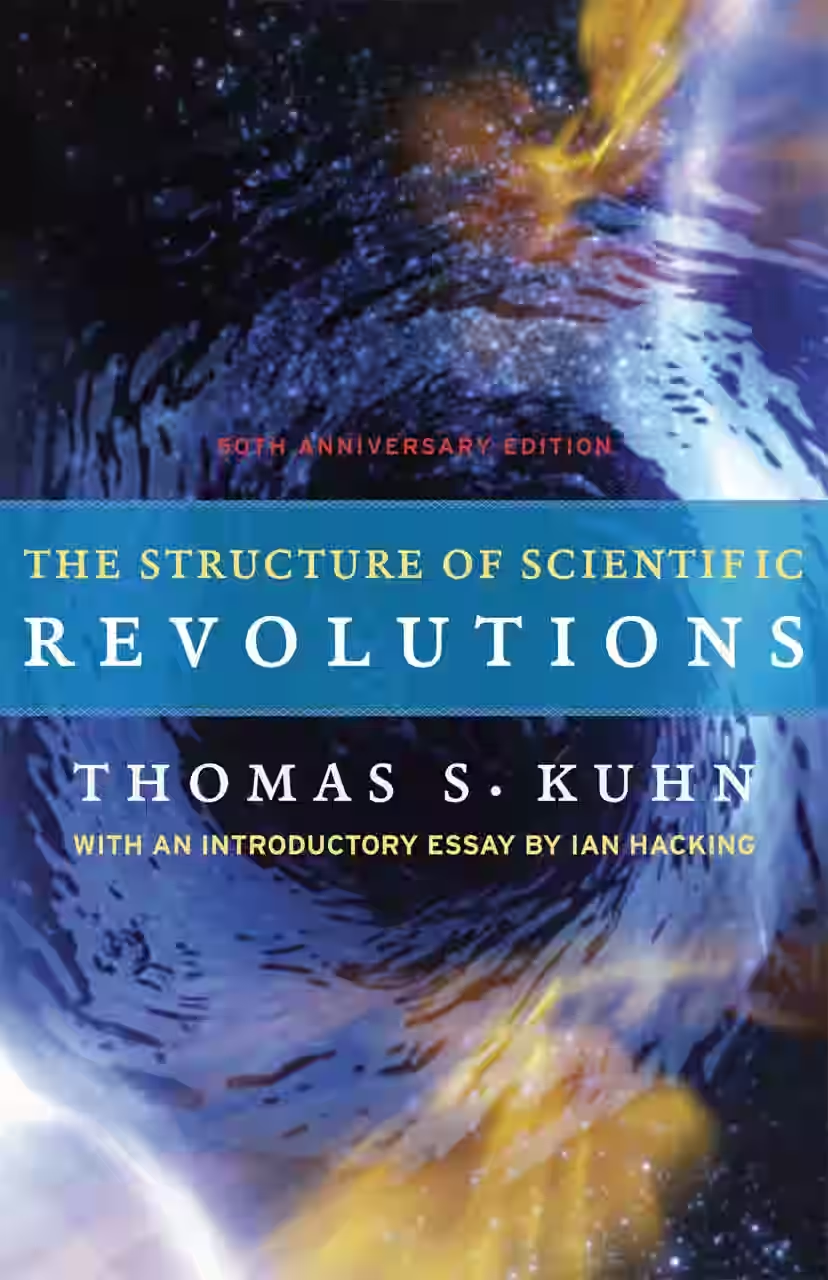
Kuhn’s seminal work revolutionized how we understand science. He argues that scientific progress doesn’t occur gradually, but through paradigm shifts—periods of radical change in fundamental frameworks. Normal science operates within accepted paradigms until anomalies accumulate, prompting a crisis and eventual revolution. Kuhn uses historical case studies to illustrate this cycle, challenging the belief in linear scientific advancement. First published in 1962, The Structure of Scientific Revolutions has had a lasting impact on the philosophy of science, influencing fields from sociology to history. It remains essential reading for anyone seeking to understand how scientific knowledge evolves.
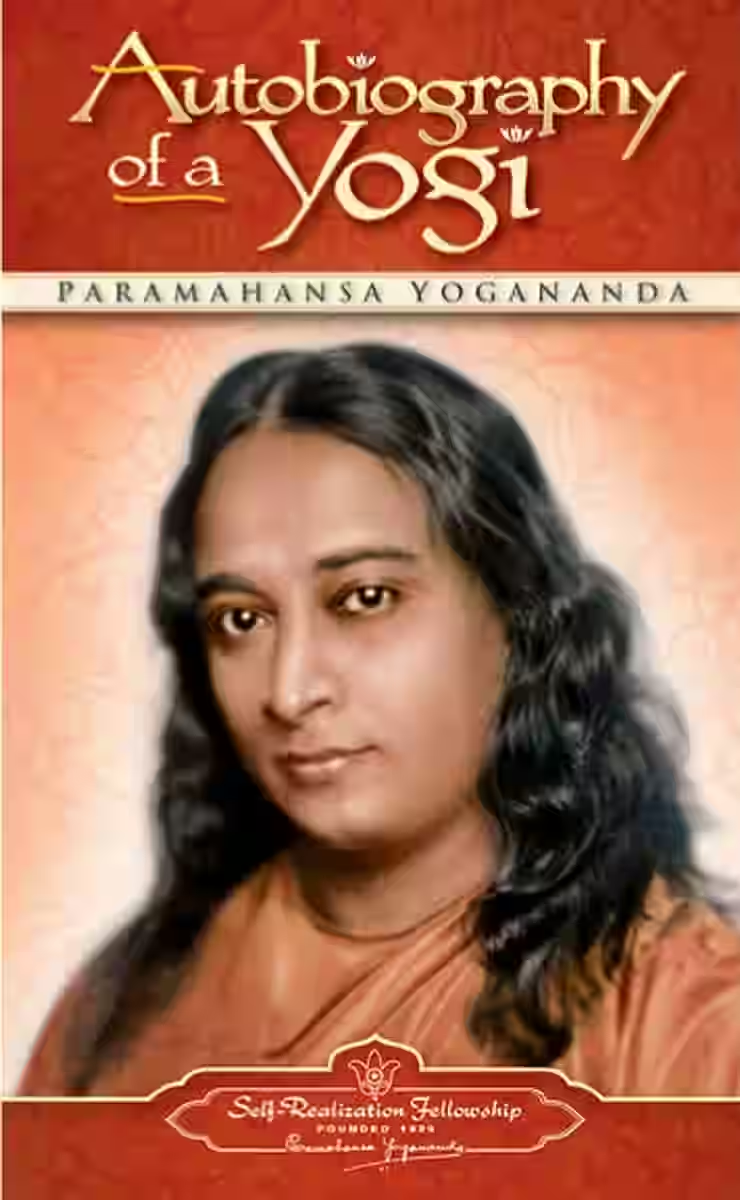
This spiritual classic chronicles Yogananda’s journey from childhood in India to his role in introducing millions to yoga and meditation in the West. Through encounters with saints and mystics, he shares insights into self-realization, spiritual practice, and the unity of all religions. Blending autobiography with metaphysical teachings, the book explores miracles, divine love, and the hidden potential within every person. Revered by figures like Steve Jobs, it has become a cornerstone of modern spiritual literature. Its message encourages readers to seek inner peace and truth beyond materialism, through meditation and direct experience of the divine.
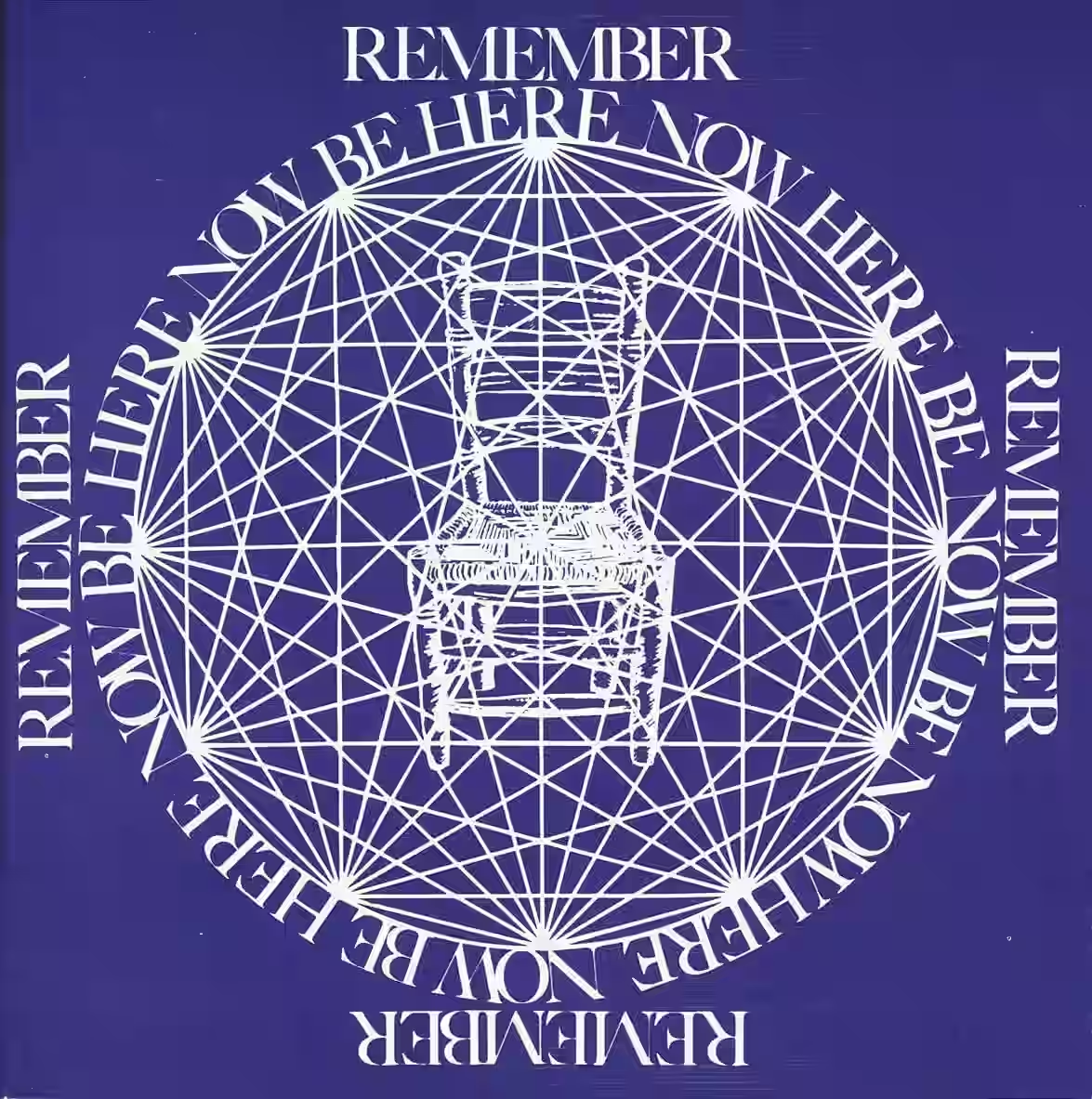
Part memoir, part spiritual guide, Be Here Now traces Harvard psychologist Richard Alpert’s transformation into Ram Dass after a life-altering trip to India. Blending Eastern philosophy, psychedelic exploration, and yoga teachings, the book offers a path to mindfulness and enlightenment. Its iconic illustrations and free-form structure embody its message of living in the present moment. Ram Dass emphasizes love, surrender, and the inner journey, encouraging readers to release ego and awaken to higher consciousness. A seminal work in 1970s counterculture, it remains a deeply influential text for spiritual seekers, mindfulness practitioners, and open-hearted wanderers alike.
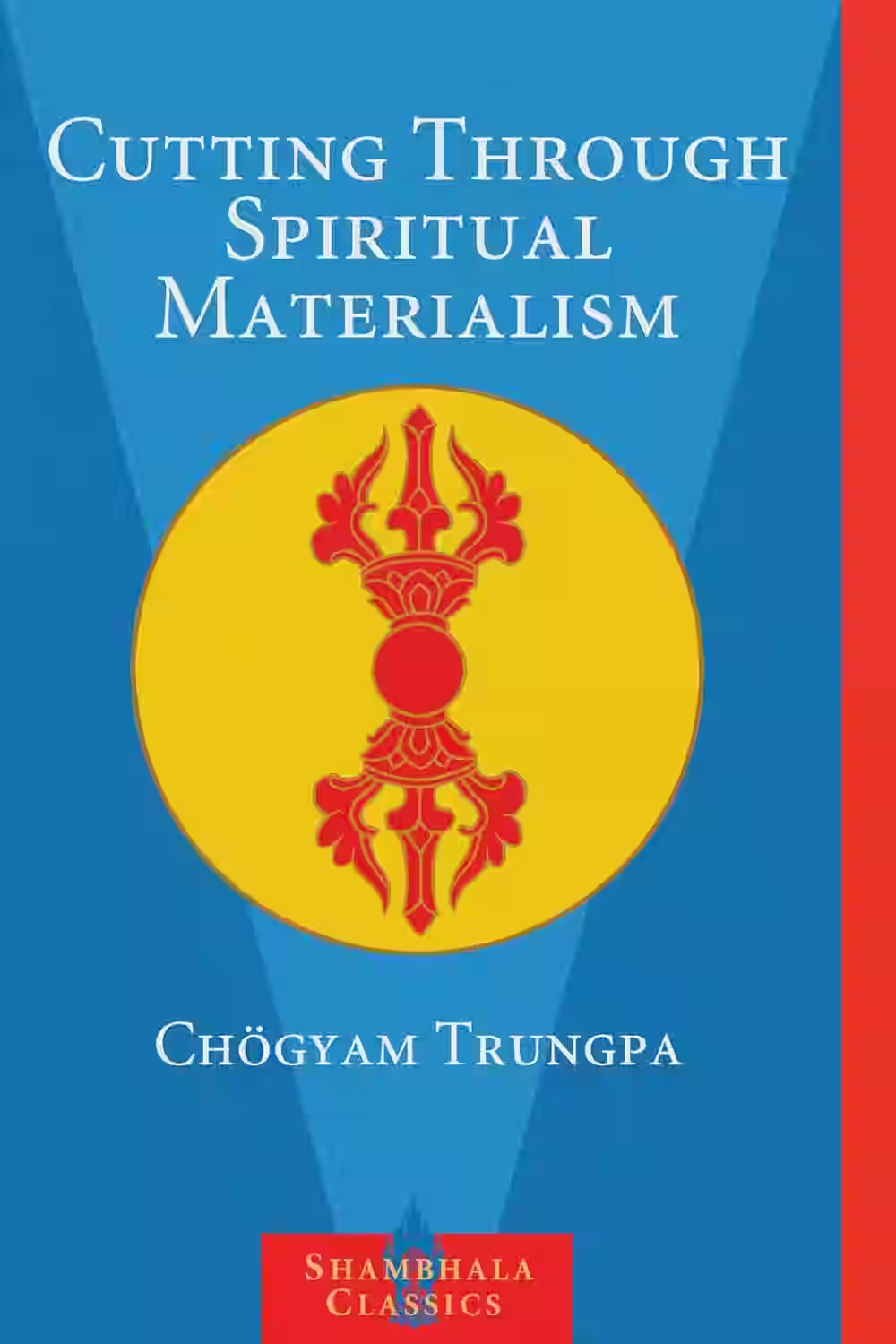
This powerful guide warns against the ego’s ability to co-opt spiritual practice for self-aggrandizement. Tibetan Buddhist master Chögyam Trungpa explains how spiritual ambition, attachment to progress, and identity-seeking can become obstacles to true awakening. Through practical advice and sharp insight, he exposes the subtle traps of self-deception, urging practitioners toward genuine humility and awareness. Blending Eastern wisdom with Western accessibility, the book encourages letting go of expectations and facing reality directly. It remains a foundational text for those serious about spiritual development and inner transformation, highlighting that the true path is one of openness and surrender.
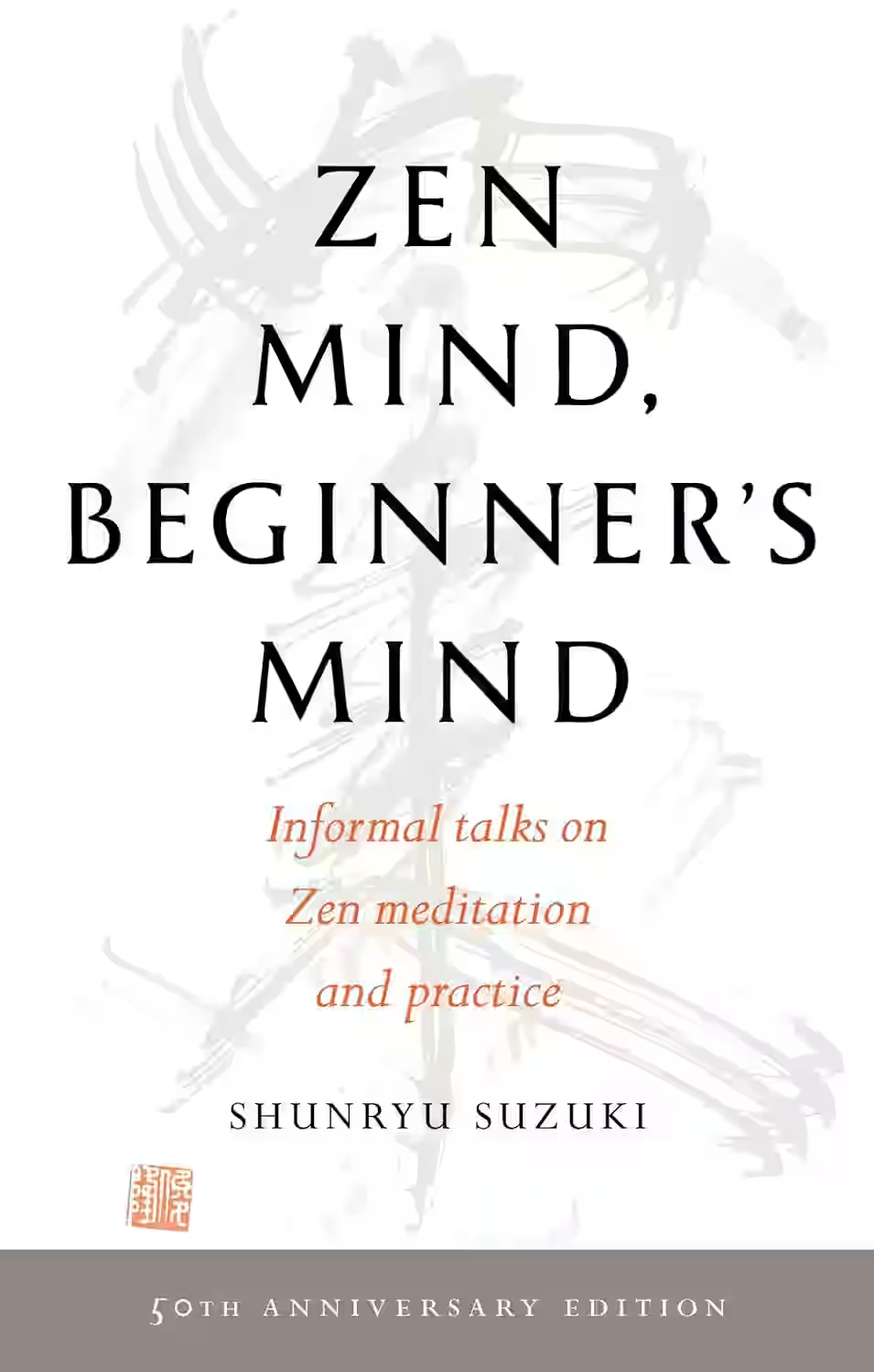
This beloved introduction to Zen philosophy encourages readers to approach life with the openness of a beginner’s mind. Shunryu Suzuki, a Japanese Zen master, emphasizes simplicity, discipline, and non-attachment in meditation and daily living. Through short teachings and anecdotes, he explores concepts like breath awareness, mindfulness, and presence. The book’s core message is that spiritual depth arises not from mastering techniques, but from cultivating curiosity and acceptance in each moment. Revered for its clarity and poetic resonance, it has become a timeless guide for practitioners of Zen and anyone seeking peace, mindfulness, and a return to the present.
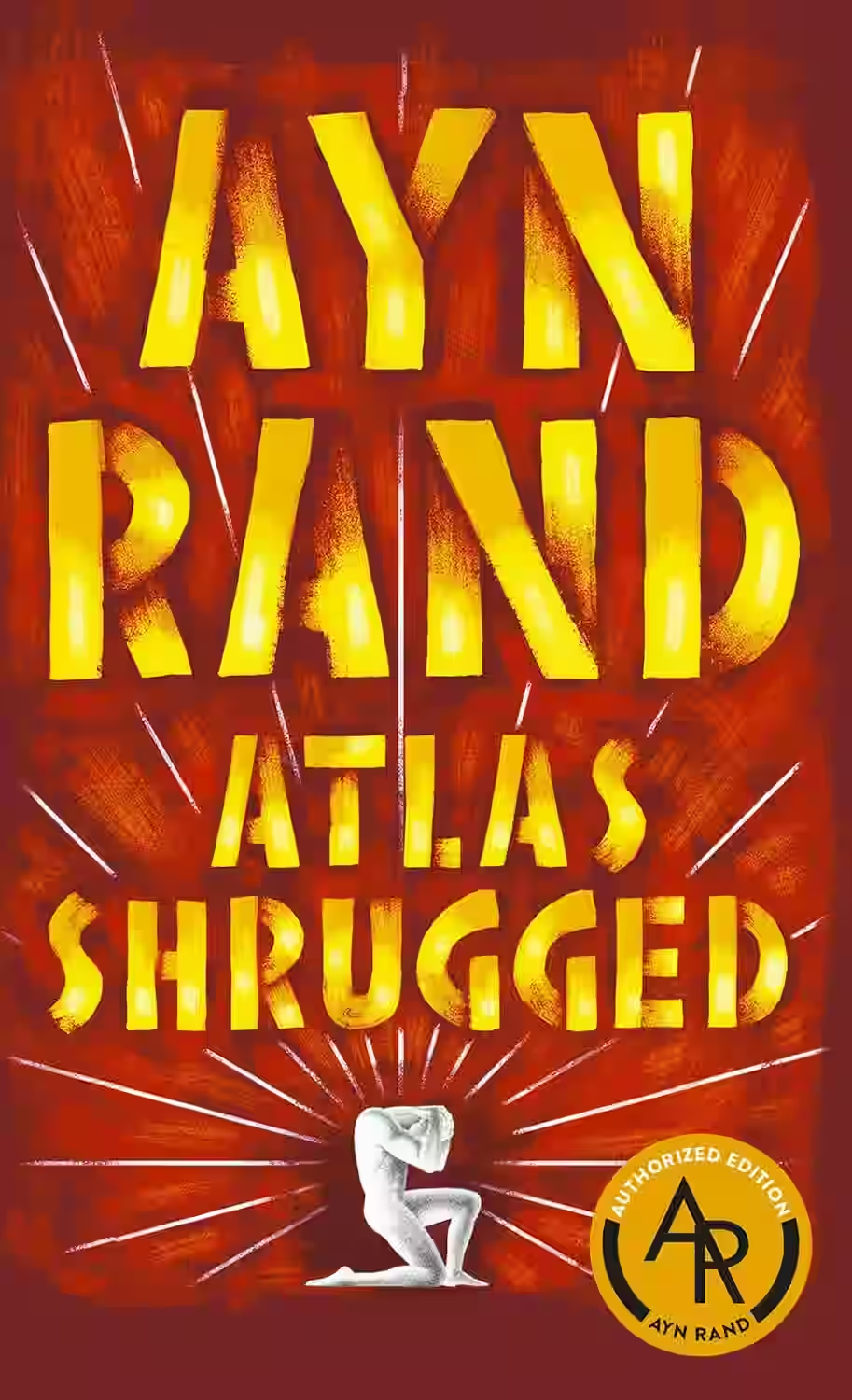
Ayn Rand’s sprawling philosophical novel envisions a dystopian America where the innovators and thinkers go on strike, withdrawing their talents from a society that exploits them. Through the story of Dagny Taggart and John Galt, Rand dramatizes her philosophy of Objectivism—championing reason, individualism, and capitalism. The book critiques collectivism and portrays the struggle of creative minds against government control and mediocrity. Both celebrated and controversial, Atlas Shrugged has been influential in political and economic thought, especially among libertarians. It challenges readers to consider the moral role of self-interest and the consequences of stifling human excellence.
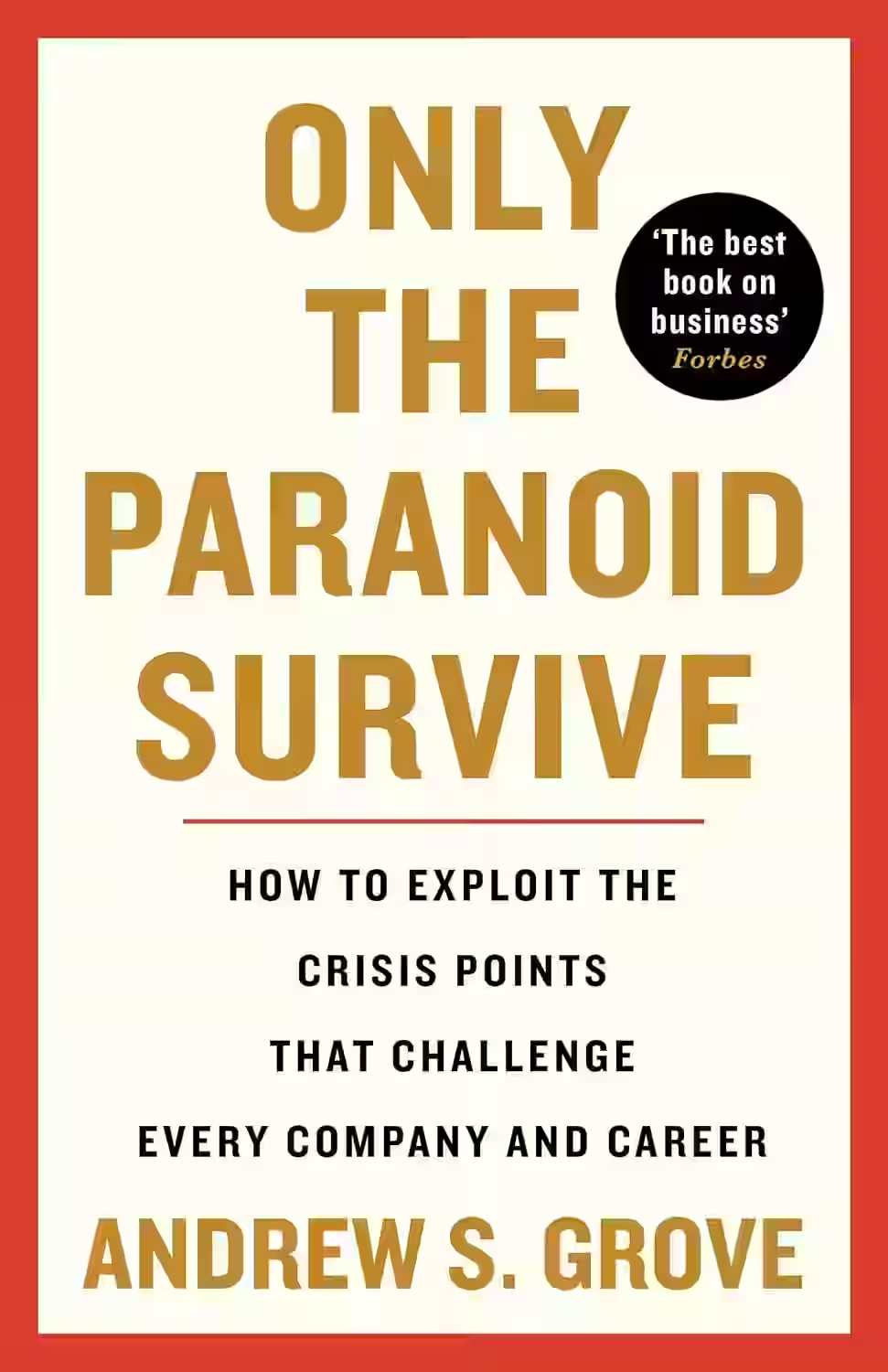
In this business classic, Intel co-founder Andy Grove shares insights into managing “strategic inflection points”—critical moments that can make or break a company. Drawing from his experience leading Intel through seismic shifts in the tech industry, Grove emphasizes the importance of adaptability, vigilance, and courage. His core idea: constant change demands a mindset of healthy paranoia. Companies and leaders must be ready to pivot when conditions shift. Part memoir, part management manual, the book offers practical strategies for staying competitive, fostering innovation, and leading through uncertainty. It remains a must-read for entrepreneurs, executives, and strategic thinkers.
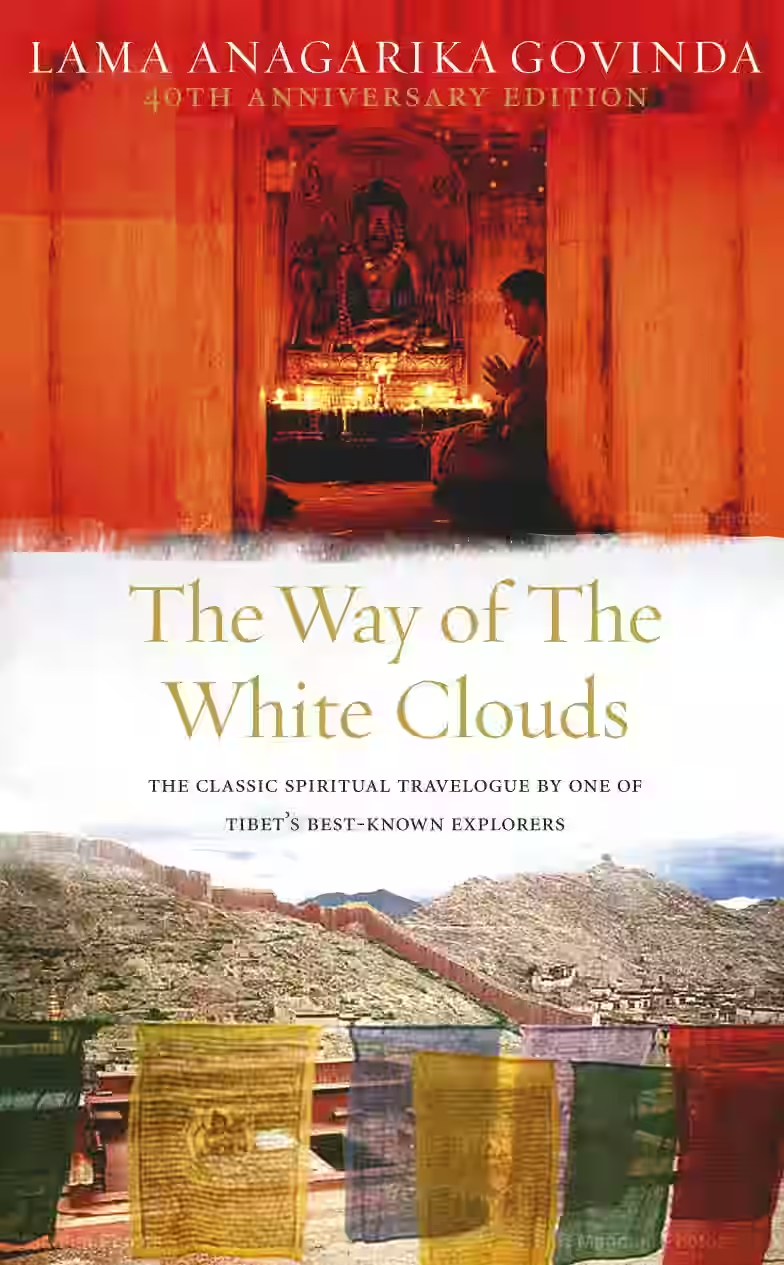
This spiritual travelogue chronicles Lama Govinda’s journey through the Himalayas in search of sacred Buddhist teachings and practices. Merging travel writing with philosophical reflection, the book details encounters with monks, yogis, and the mystical landscapes of Tibet. With poetic language and deep reverence, Govinda explores Tibetan Buddhism, meditation, and the inner path to enlightenment. His experiences illuminate the harmony between inner and outer worlds. As a bridge between Eastern and Western spiritual traditions, the book has inspired generations of seekers interested in Tibetan culture, mysticism, and the transformative power of contemplative pilgrimage.